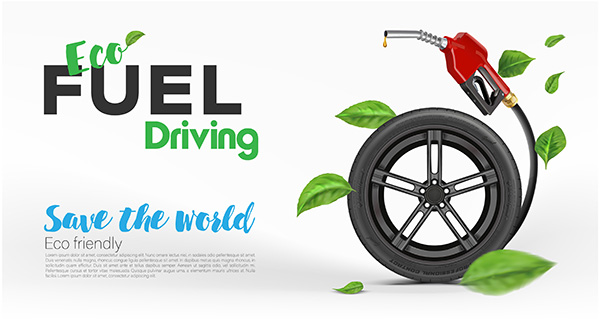
Gas prices may fluctuate, but the desire to save money at the pump is constant. That’s where hypermiling comes in—a set of driving strategies aimed at squeezing every last mile out of every gallon of fuel. And while it might sound like something only eco-enthusiasts practice, these techniques are surprisingly easy to adopt for any driver looking to cut fuel costs.
If you’re serious about improving fuel economy, small changes in your driving habits can lead to big results over time. Whether you’re driving a compact hybrid or a full-size SUV, hypermiling is about driving smarter, not slower.
What Is Hypermiling
Hypermiling is the practice of using driving behaviors, vehicle maintenance, and route planning to maximize your car’s fuel efficiency. It started gaining traction in the early 2000s during fuel crises but has since evolved into a reliable method for drivers who want to save money and reduce emissions.
You don’t need a special car or fancy technology to benefit from hypermiling—just an understanding of how your car consumes fuel and what you can do to minimize waste.
Driving Habits That Improve Efficiency
The way you drive has a bigger impact on fuel consumption than most people realize. Rapid acceleration, heavy braking, and inconsistent speeds are fuel wasters—even if you’re only commuting a few miles a day.
Here’s how to change that:
- Accelerate Smoothly: Gradual acceleration uses less fuel than slamming on the gas. Ease into your speed instead of treating every green light like a drag race.
- Maintain a Steady Speed: Constantly speeding up and slowing down burns more gas than cruising at a consistent pace. If your car has cruise control, use it on flat highways to keep fuel use steady.
- Avoid Hard Braking: Anticipate stops early and coast when you can. Letting off the gas and rolling to a stop uses far less fuel than braking hard at the last second.
- Limit Idling: If you’re waiting more than 30 seconds, shut off the engine. Idling gets 0 miles per gallon, and today’s engines don’t need long warm-ups.
Mastering the Art of Coasting
One of the most effective hypermiling techniques is coasting—letting your car move without pressing the gas or brake. When done correctly, it saves fuel by reducing the amount of energy needed to keep the car moving.
You can coast:
- Down hills (but stay in gear for safety and control)
- Toward red lights or stop signs
- In slow traffic when you can maintain momentum without using the throttle
The key is to look far ahead and anticipate changes in speed so you can reduce unnecessary input from the accelerator and brakes.
Keep Your Car in Peak Condition
Even the best hypermiling habits won’t help if your vehicle isn’t running efficiently. A well-maintained car uses fuel more effectively and lasts longer.
Here’s where routine maintenance plays a big role:
- Check tire pressure weekly. Underinflated tires create rolling resistance that reduces MPG.
- Replace air filters and spark plugs. Clean filters and properly firing plugs help the engine burn fuel more efficiently.
- Use the right motor oil. Look for oil that meets your car’s specifications—using the wrong viscosity can reduce efficiency.
- Keep up with tune-ups. Ignoring service intervals can lead to engine misfires, poor fuel economy, and emissions problems.
- Even something as simple as a clogged cabin air filter can force your HVAC system to work harder, putting a small but noticeable drag on fuel efficiency.
Plan Your Routes Strategically
Another underrated aspect of hypermiling is how—and when—you drive. Short trips and cold starts are harder on fuel economy, so grouping errands into one longer trip can help your engine stay warm and efficient.
Avoid driving during rush hour whenever possible. Constant braking and idling in traffic are fuel killers. Use navigation apps to find the most fuel-efficient route, not just the fastest one.
Also, don’t overlook wind and elevation. Driving into a strong headwind or climbing a steep grade can spike your fuel usage. If you can adjust your timing or direction slightly, you might avoid wasting gas fighting the elements.
Be Mindful of Extra Weight and Drag
Roof racks, cargo boxes, and even junk in the trunk can reduce your car’s MPG. Every extra 100 pounds in your vehicle can reduce fuel economy by about 1%. Remove items you don’t need and streamline your vehicle’s profile when you can.
If you’re not using your roof rack, take it off. It creates wind resistance, which means your engine has to work harder at highway speeds.
Whether you drive a hybrid or a full-size sedan, Import Auto Specialists in San Diego, CA can help you save fuel and stretch your miles. Schedule your visit today.